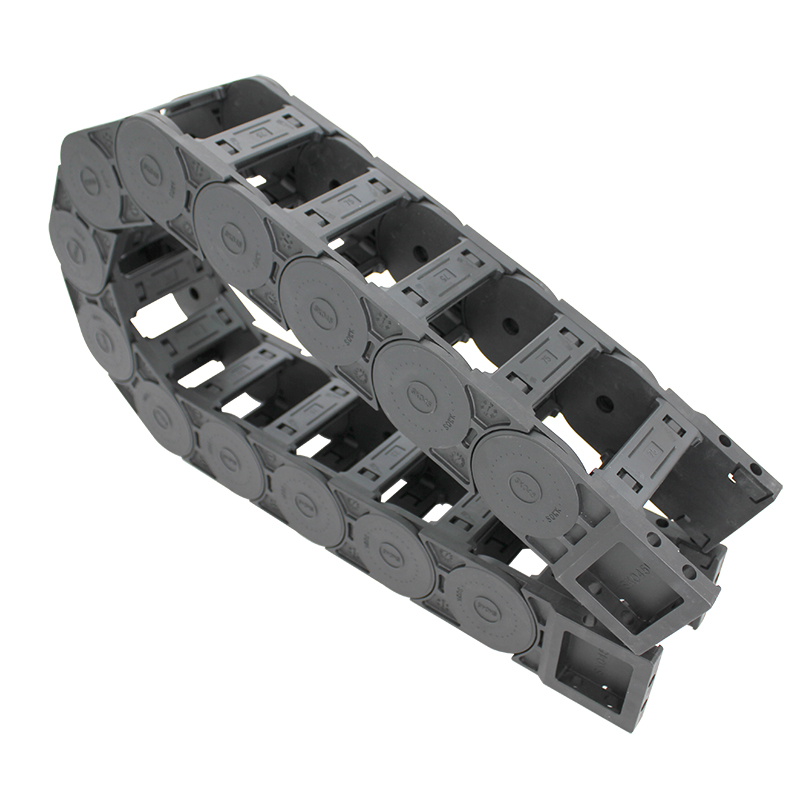cable and hose carrier systems
Understanding Cable and Hose Carrier Systems
In today's fast-paced industrial and manufacturing environments, the need for efficient and organized cable and hose management has become paramount. One solution that is gaining traction is the use of cable and hose carrier systems. These systems are designed to protect, route, and organize cables and hoses, ensuring that machinery operates smoothly and reducing the risk of damage due to wear and tear.
What Are Cable and Hose Carrier Systems?
Cable and hose carrier systems, often referred to as cable tracks or drag chains, consist of a series of interconnected links that create a flexible conduit for cables and hoses. They allow for a continuous and controlled movement of cables and hoses, enabling machinery to move without tangling or damaging these essential components. Typically made from materials such as plastics or metals, these carriers can accommodate a wide range of sizes and types of cables and hoses, making them highly versatile.
Importance of Cable and Hose Management
The use of cable and hose carrier systems brings several benefits to industrial applications. First and foremost, they reduce the risk of wear and damage to cables and hoses. In environments where machinery is constantly in motion, cables can easily become entangled or pinched, leading to premature wear or failure. By using a carrier system, businesses can extend the lifespan of their cables and hoses, thereby lowering maintenance costs and downtime.
Moreover, these systems enhance safety in the workplace. Untidy cables and hoses can pose tripping hazards, while damaged cables may lead to electrical faults or fluid leaks. By providing a structured pathway for these components, carrier systems promote a safer working environment, helping to lower the risk of accidents.
Applications of Cable and Hose Carrier Systems
cable and hose carrier systems

Cable and hose carrier systems find use in a wide variety of applications across numerous industries. In manufacturing, for instance, they are essential in robotics, CNC machines, and automated production lines, where machines need to move freely while maintaining the integrity of complex wiring and plumbing systems.
In the automotive industry, these carriers are used to manage equipment such as robotic arms in assembly lines, ensuring that the necessary cables and hoses move alongside the machinery. They are also prevalent in construction, helping organize hydraulic hoses and electrical lines in cranes and other heavy equipment.
Retail and commercial industries are increasingly recognizing the value of these systems as well. Retail setups with conveyor belts or automated stock management systems utilize cable and hose carriers to ensure smooth operations, minimizing disruptions to service.
Choosing the Right System
When selecting a cable and hose carrier system, several factors should be considered. Firstly, the type and size of cables or hoses to be routed must be assessed. The system should be robust enough to handle the intended load and flexible enough to accommodate the required movement range.
Environmental conditions also play a critical role. If the system is to be used in harsh or outdoor settings, materials that resist corrosion and UV degradation should be prioritized. Additionally, the installation environment, including space constraints and the potential for interference with other machinery, should be taken into account.
Conclusion
In conclusion, cable and hose carrier systems are an invaluable component of modern industrial operations, designed to enhance efficiency, safety, and organization. By investing in these systems, companies can protect their assets, streamline operations, and ultimately save on costs associated with maintenance and repairs. As industries continue to evolve and automation becomes more prevalent, the role of cable and hose carrier systems will undoubtedly become even more significant in facilitating smooth and safe operations across various sectors.








